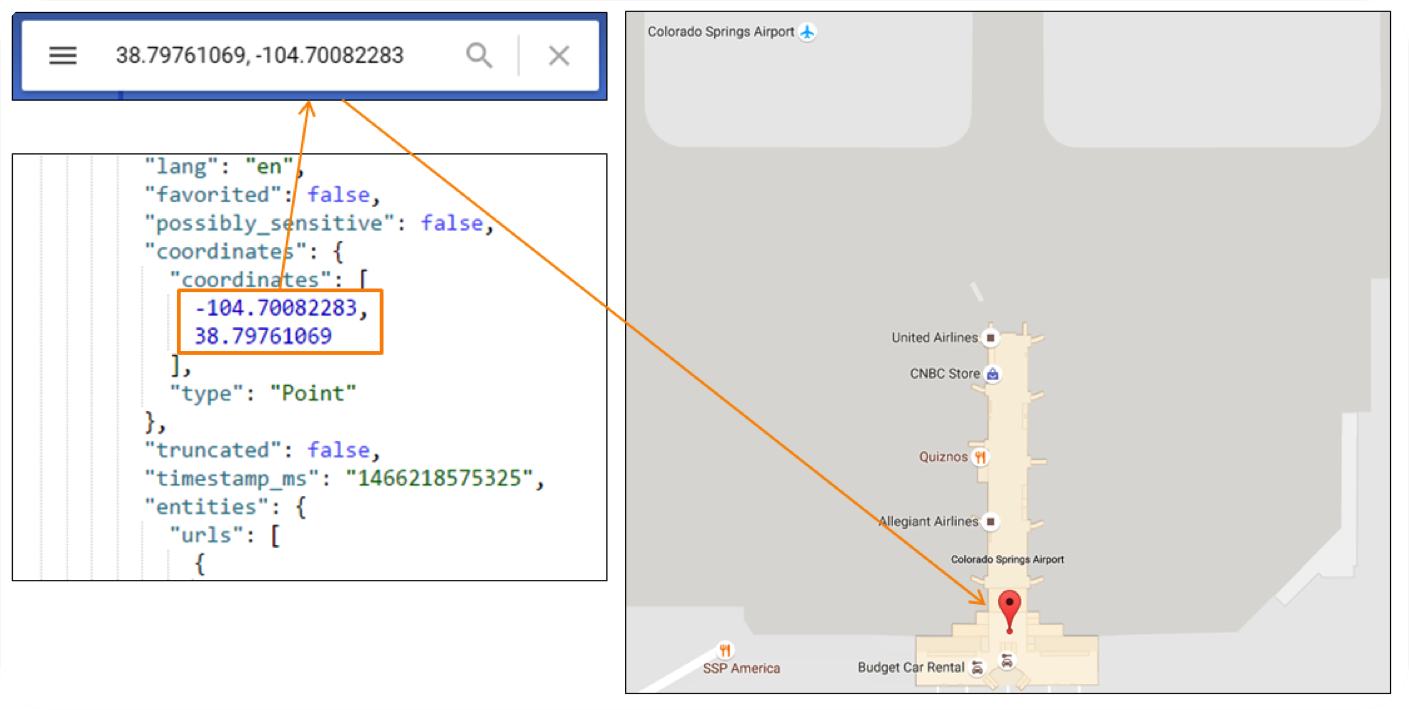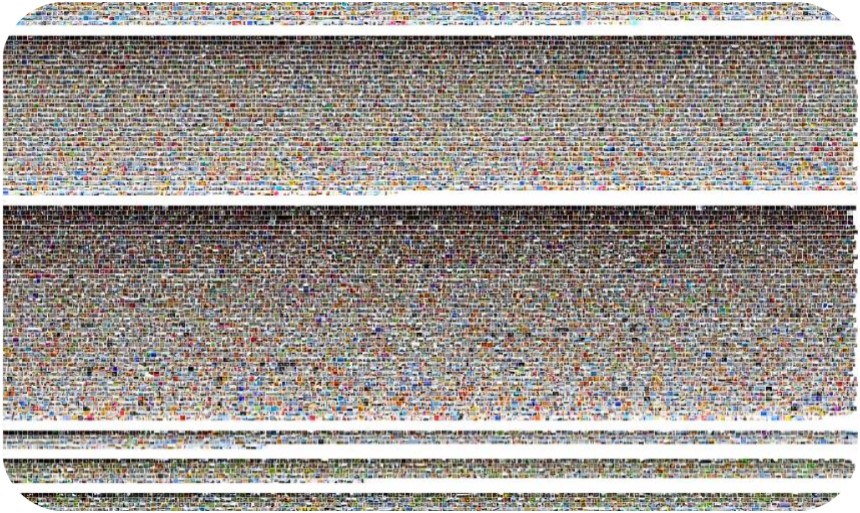About me

I'm a Geospatial Information Scientist at Oak Ridge National Laboratory in the Geographic Information and Technology Group. There I work on solutions to better understand population dynamics, using big social media data and large-scale data processing tools. I'm interested in machine learning, natural language processing, spatial analysis, and crowdsourcing. I studied Geographic Information Science at the Department of Geography at Penn State University for 6 years. My research looked at crowdsourcing techniques and machine learning techniques to improve land cover datasets. During my time at Penn State I worked with Dr. Alexander Klippel and Dr. Cynthia Brewer.


